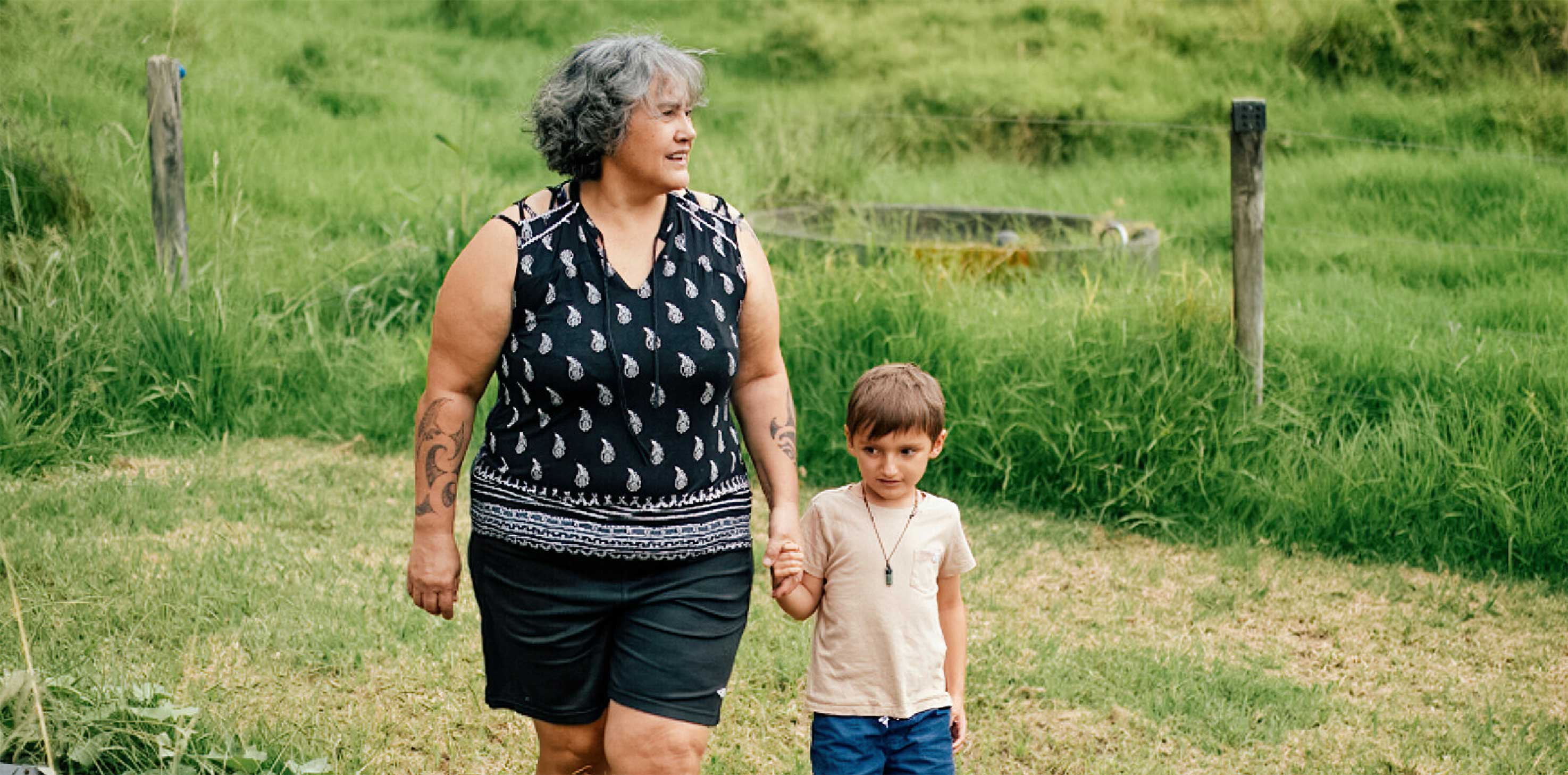Cancer Treatments

Types of cancer treatment in New Zealand
What your doctor will consider
Everyone’s cancer is different. This means your doctor may recommend treatment that differs from other people with the same type of cancer.
Your doctor will consider several factors before recommending your treatment approach.
These factors may include:
- The type of cancer you have
- Where your cancer started (its primary site)
- Whether the cancer has spread
- Specific features of your cancer
- Your general health and age
- Your treatment preferences
Here’s a brief summary of the types of cancer treatments available in New Zealand.

Immunotherapy
Your immune system is your body’s natural defence against diseases, including cancer. Cancer immunotherapy helps your immune system do what it is designed to do: help your own body fight cancer.
Immunotherapy may be given to patients who have just been diagnosed with certain types of advanced cancer or in some cases to patients whose cancer has come back after the initial treatment.
In other cases, it may be given to patients with certain earlier-stage cancers.
Immunotherapy may be given alone or in combination with other treatments, such as chemotherapy.
Click here to watch a video and learn more about immunotherapy.

Chemotherapy
Chemotherapy, or “chemo”, is a medication that helps kill cancer or slow its growth.
One of the features of cancer cells is that they grow out of control by dividing rapidly. Chemotherapy works by targeting cells in the body that are dividing rapidly.
Chemotherapy may be your main treatment. It can be used alone or as part of a plan that includes other treatments. This could be before, after or at the same time as other treatments.

Radiation Therapy
Radiation therapy is also known as radiotherapy. It uses high-powered X-ray beams to help kill cancer cells or stop them from growing or spreading. The treatment usually targets the area with the cancer. It doesn’t generally affect the rest of the body.
Radiation therapy may be your main treatment. It can be used alone or as part of a plan that includes other treatments. This could be before, after or at the same time as other treatments.

Surgery
Surgery involves cutting into the body to remove all or part of a cancer. It can also be used to repair a part of the body that cancer has harmed.
Surgery might be the only treatment needed for some early-stage cancers. If a cancer is too big and can’t be fully removed, doctors might take out as much as possible to help other treatments work better.
Surgery may not be the best treatment for cancer that has spread to other parts of the body.

Targeted Therapy
These medicines are designed to target specific parts of cancer cells to stop them from growing. Because of their targeted nature, they may be able to damage cancer cells without harming normal cells.
Your doctor may suggest targeted therapy before or after surgery. It may be used if your cancer does not respond to other treatments or if your cancer comes back after treatment. Targeted therapy may also be used as a long-term treatment to help prevent cancer from returning or control its growth.

Hormone Therapy
Hormones are chemical messengers that are naturally produced by our body to help us grow, enable reproduction and keep us healthy.
In some cancers, these hormones can fuel a cancer’s growth. Hormone therapies block these hormones to help to slow the growth of the cancer.
Hormone therapy may be given before surgery or radiation therapy to reduce the size of the cancer. It may also be given after other treatment to reduce the chance of cancer coming back.
The information on this website should be discussed with your healthcare professional and does not replace their advice.

Immunotherapy

About KEYTRUDA
References:
Cancer Council Australia. 2022. Understanding Chemotherapy. A guide for people with cancer, their families and friends.
Available at: https://www.cancer.org.au/assets/pdf/understanding-chemotherapy-booklet
Accessed on 02/03/2023
Cancer Council Australia. 2021. Understanding Immunotherapy. A guide for people affected by cancer.
Available at: https://www.cancer.org.au/assets/pdf/understanding-immunotherapy-fact-sheet
Accessed on 02/06/2022
Cancer Council Australia. 2021. Understanding Radiation Therapy. A guide for people with cancer, their families and friends.
Available at: https://www.cancer.org.au/assets/pdf/understanding-radiation-therapy-booklet
Accessed on 28/09/2022
Cancer Council Australia. 2023. Understanding Surgery. A guide for people with cancer, their families and friends.
Available at: https://www.cancer.org.au/assets/pdf/understanding-surgery-booklet
Accessed on 02/09/2023
Cancer Council Australia. 2021. Understanding Targeted Therapy. A guide for people affected by cancer.
Available at: https://www.cancer.org.au/assets/pdf/understanding-targeted-therapy
Accessed on 02/09/2023
Cancer Council Australia. Hormone Therapy.
Available at: https://www.cancer.org.au/cancer-information/treatment/hormone-therapy
Accessed on 02/09/2023
NZ-KEY-00867. TAPS DA 2339KN TAPS NP20132. First Issued February 2024.
